Last updated on February 24, 2023
A film by Angela Schanelec
With Aliocha Schneider, Agathe Bonitzer, Marisha Triantafyllidou, Argyris Xafis, Frida Tarana
A cinematic riddle, mirror, dream or puzzle in which the Oedipus myth is transposed to a period from the 1980s to the present, from the beaches of Greece to the lakes of Berlin. An austere, baroque work with occasional drops of blood. Perfectly elliptical.
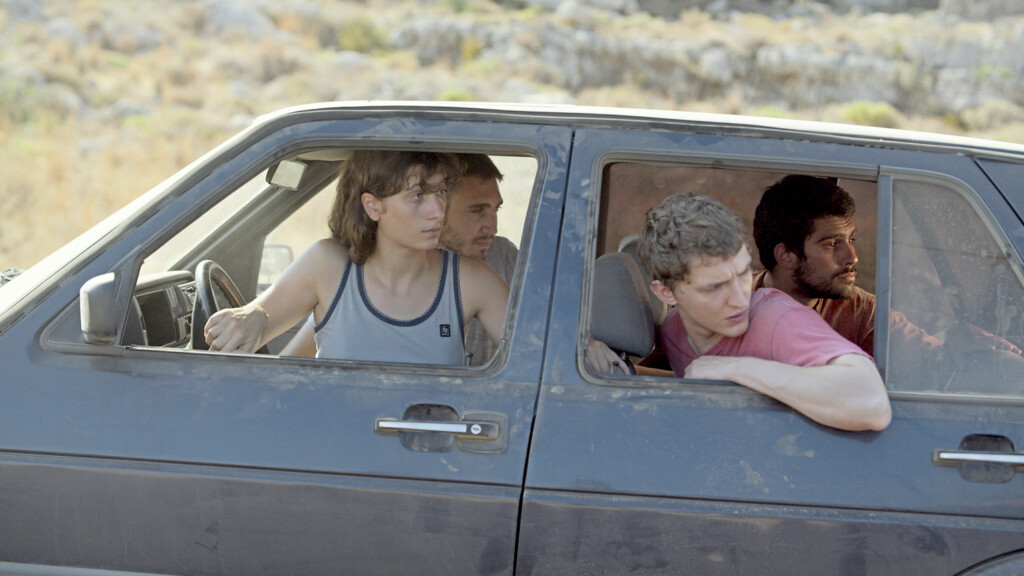
Our review : *
Angela Schanelec continues her very minimalist cinema. Adored or rejected, noble or pretentious ambition. She continues to present herself as an artist who is not understood, who cannot be understood, and with her work she poses precisely this question: must we necessarily understand in order to feel? Her work aims at purity, and there is only one step between gnawing the bone to the marrow, finally visible, or on the contrary, emptying a bone of its substantive marrow, not even seeing a bone anymore. The film critic who organized the Music press conference was probably not mistaken when she declared that analyzing Angela Schanelec‘s works is not an easy task for the average person, or even the film critic. But unlike Ruben Ostlund who likes to push the farce to the point of derision, to aim at the sickening overflow, to question art, its function, and to disturb while asserting himself as an artist, (behind the farce the real message more elaborate you will argue), Schanelec takes the exact opposite side, with a seriousness and a gravity that is chilling. The common point between these two poles: both divide, generating debates often deaf between supporters and apostles. However, some less subjective lines resist this deadlock. Thus, it is possible to evoke the few arguments used here and there, the quality of the photography, the use of music, the relationship to the myth, the quality of interpretation and the choices made in the casting. Let’s start with the latter. There is no doubt that Alyosha Schneider was chosen for his resemblance to his brother, whose Greek profile is praised … If we are talking about a Greek myth in essence, we might as well reproduce the imagery around the Telemachus … Agathe Bonitzer also presents a physique and a posture which obey precepts close to the representations that one makes of Ancient Greece. The film is entitled Music, thus delivering one of its main intentions: it confronts classical tunes with more contemporary songs, Schanelec insisting that the character of Alyosha sings on screen. In this, she ostentatiously seeks to propose a mirror effect between two eras. An effect with abstruse resonances, however, but a second interpretation of the emphasis that the title carries is worth noting, concerning not the music of the film as such, but that carried by the voices of the protagonists. The first part of the film is almost silent, when words begin to be released and speech becomes audible in the second. Thus the passage from classical music to spoken song can translate this evolution.
Let’s move on to cinematographic landmarks. Schanelec, questioned on the subject in a press conference, recognizes that Pasolini’s film on Oedipus, King was obviously part of these, even acknowledging an ultimate admiration for this vision, which cannot be equalled, and therefore cannot serve as a reference. There would probably be something to say about this filiation, but let’s admit it, Schanelec says it all… Comparing the two works does not necessarily add value, one did not wait for the other to exist, when the second presents a form, a narrative intention and a transposition so radically different … Let’s put aside this analysis to better place ourselves on the side of the feeling that the film conveys … The work on time is manifest on the screen, as in all the work of the German director. The shots from the first image establish an action that we guess in advance most of the time, and to which we attend in real time, where the fiction cinema in general allows itself the recentering, Schanelec chooses the contemplative mode, austere, and aims at the real, without cheating. His story in its entirety can only be based on the principle of the space-time ellipse. The myth will be told to us in bits and pieces, in small squares, as a comic book author might do, limiting himself to a certain number of squares, a painter to a certain number of paintings, or a writer to a certain number of chapters and chapter sizes. The constraint is visible on the screen, and there enters the subjectivity in account in the appreciation. Some will find in the formal constraint retransposed the freedom to imagine, to suppose, to interpret. They will have the time and their spirit will be able to leave the image the time of this reverie. From the austere can be born a form of beauty, of grace. Klein’s blue can appear deeper than a Mondriant blue, watered down by the other primary colors that surround it. But others, on the contrary, will imprison their minds in the obviousness of the constraint, in the falsely provocative nature of the latter, and will be annoyed at being taken hostage in this way; should seeing a film be done through one’s own eyes, one’s own senses, or should there be a confrontation between two views? The ultimate abstraction would be to propose a black (or blue?) film of all its length of 2 hours, and to let each one go to its dreams to judge the work… Would we cry scandal or genius? And would this cry be as voluminous and false as those we hear all the time in Music, to better remind us that all this is only violence? Here, the subject can impassion, but will not find more answer in this present verbiage than it contains in Music… In that, Art College 1994 fully resounds with the exercise we are trying to do, and which obviously resists us, by too much subjectivity, or impossibility to o
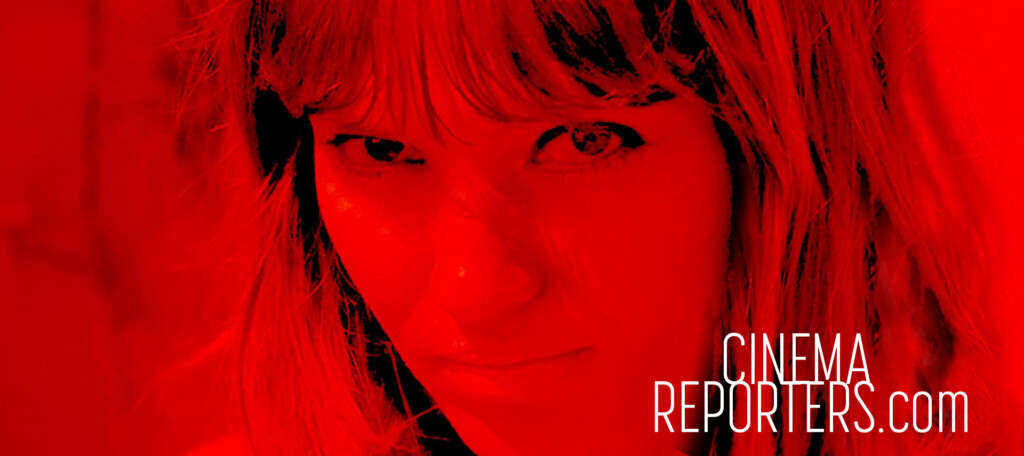
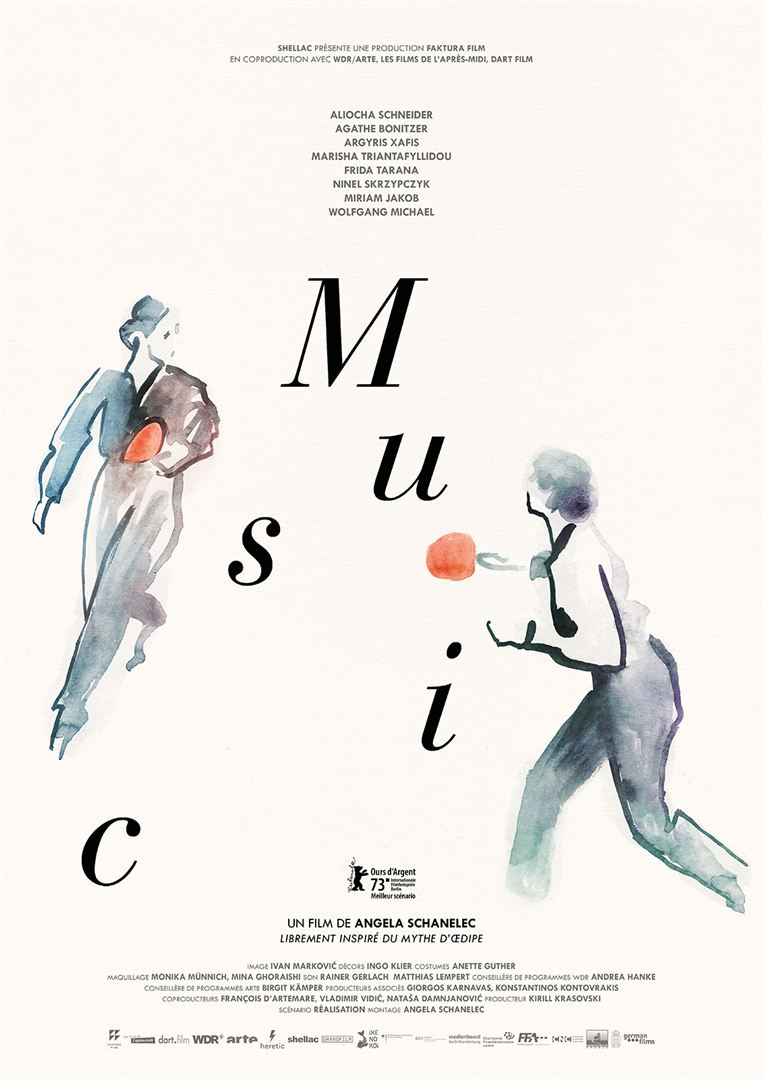
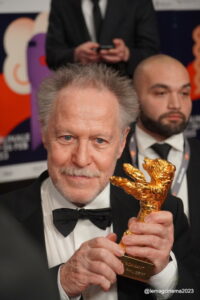
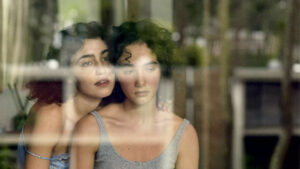
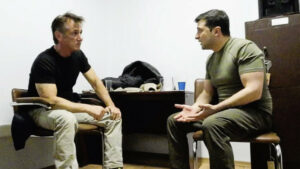

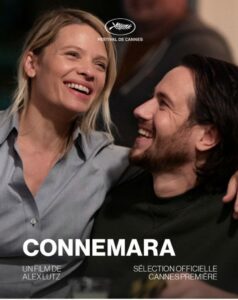
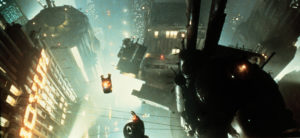
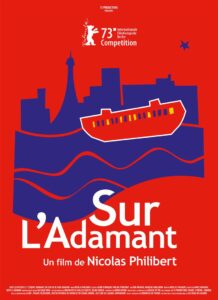
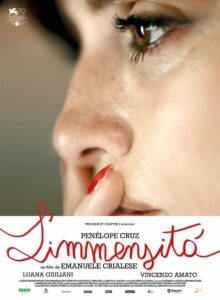
Be First to Comment